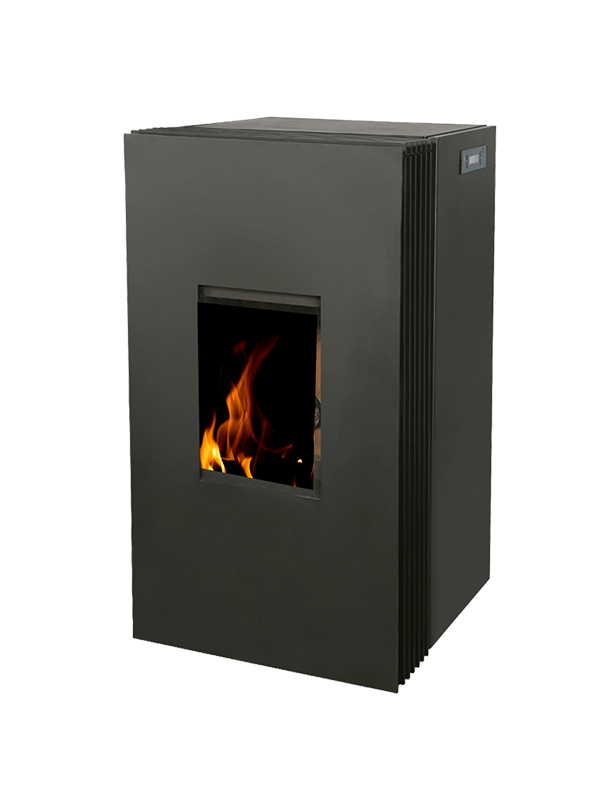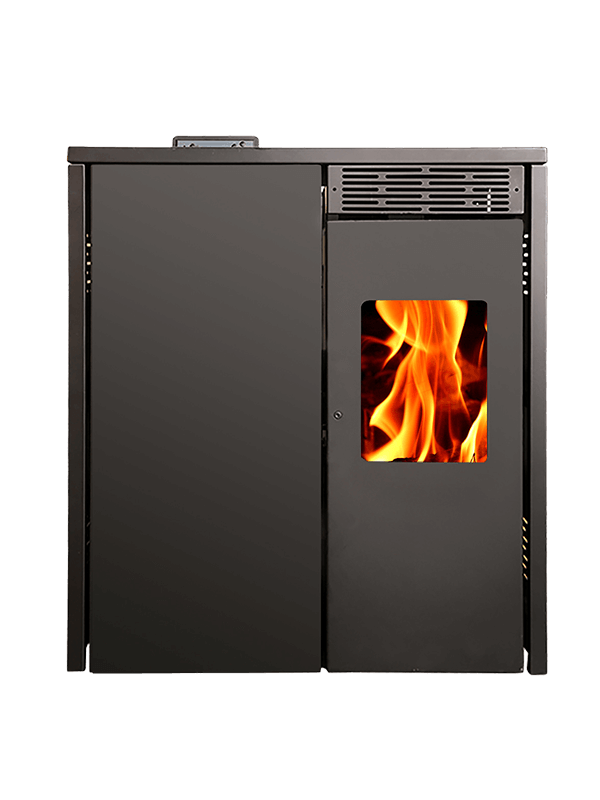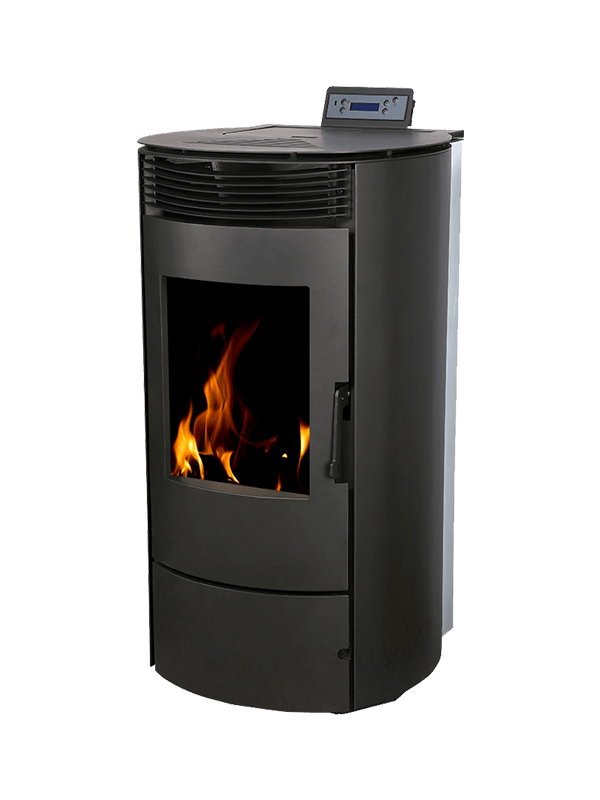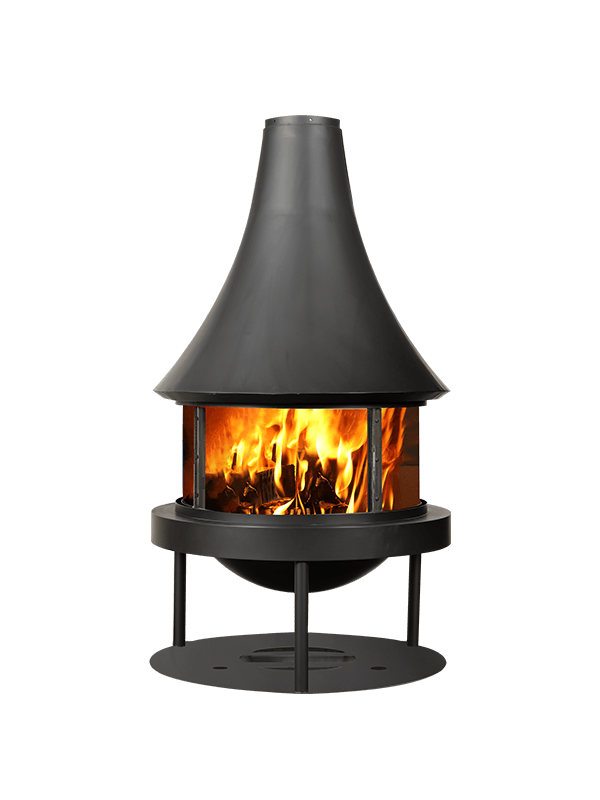The Wood Fireplace is a type of heating appliance that uses wood fuel, wood-derived biomass fuel, or sawdust bricks to create heat. It consists of a solid metal firebox lining with fire bricks and usually has one or more air controls. This type of fireplace is popular among homeowners because it adds warmth and style to the room.
When choosing a wood fireplace, there are several factors to consider. The first is the size of the firebox. Firebox sizes can range from 1.6 cubic feet to 3.1 cubic feet. A 1.6 cubic-foot firebox produces up to 65,000 BTUs per hour and a 3.1-cubic-foot firebox generates 85,000 BTUs. Depending on the size of the firebox, it can burn for six to eight hours.
Another consideration is the cost of the wood fireplace itself. Wood fireplaces can cost anywhere from $1,000 to $12,000, depending on size, design and features. However, the price doesn't include installation, framing, ventilation, or masonry costs. Before buying a wood fireplace, consult a qualified contractor or fireplace installer to help you determine the costs of the project.
A wood fireplace should be properly maintained. The fireplace should be cleaned regularly and checked for proper air flow. If there is a buildup of debris in the chimney, it is important to clean it. Also, the smoke should exit vertically up the chimney and not back into the room. If smoke does not exit properly, it is most likely that the fire screen is partially closed or open. A wood fireplace should be inspected for creosote every year. Creosote is a chemical that builds up in wood that does not burn completely. If you have a wood fireplace, you should burn hardwoods because they produce less creosote than softwoods.
If you're concerned about air pollution from wood burning devices, you should read the guidelines provided by the U.S. Environmental Protection Agency (EPA). These standards are intended to make wood burning devices more environmentally friendly. They must emit less than four grams of smoke per hour, limiting their effect on the air during the cold months. Additionally, they must be installed properly so that they can avoid creating harmful emissions.
The EPA offers educational materials about wood burning and videos that demonstrate best practices. Using these resources will help prevent chimney fires and save you time and money. Also, you can share these tips with other homeowners to help prevent chimney fires from happening. It is a good idea to contact your local fire department and ask for guidance if you have questions.
There are many types of wood-burning fireplaces. There are traditional masonry fireplaces that are made from brick or stone and low-mass fireplaces that are engineered and prefabricated before installation. The two types are similar but differ slightly in construction. Most of these fireplaces are not a primary source of heat but rather a decorative accessory. As such, they are very inefficient heaters.

Nominal heat output: 8KW
Heating type: Radiant
Fuel: Wood logs
Material: carbon steel, cast iron grate, ceramic glass(NEG or Schott brand), high temperature resistant paint(Forest brand)
Firebox material: carbon steel, vermiculite panels
Primary air: Yes
Secondary air: Yes
Tertiary air: Yes
Ashpan: yes











-.png)











